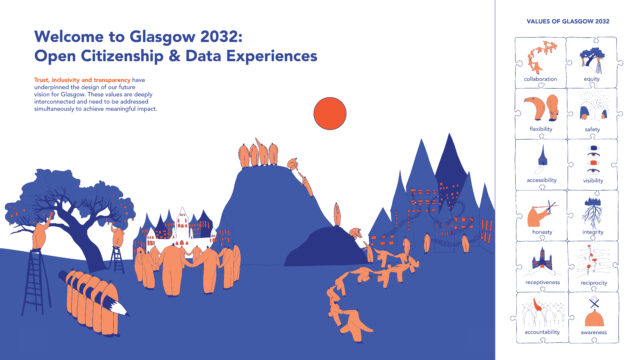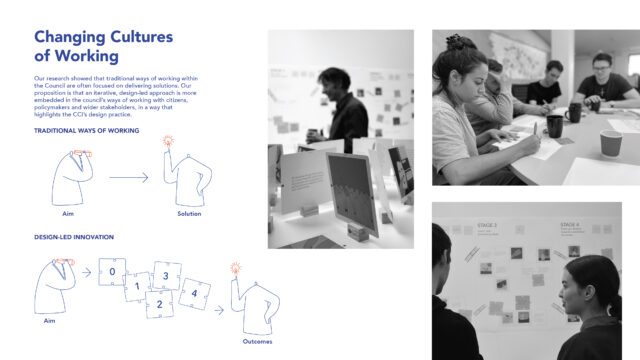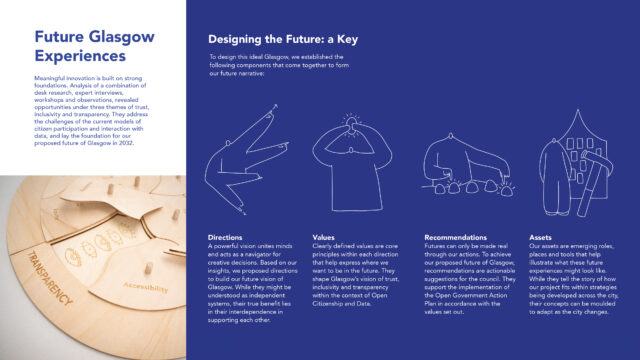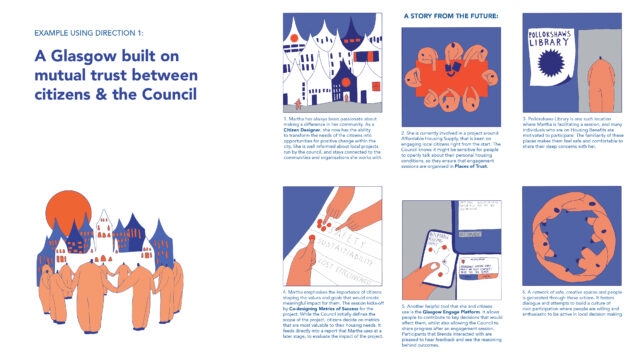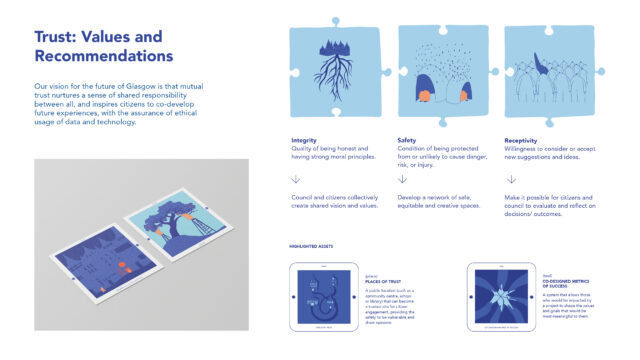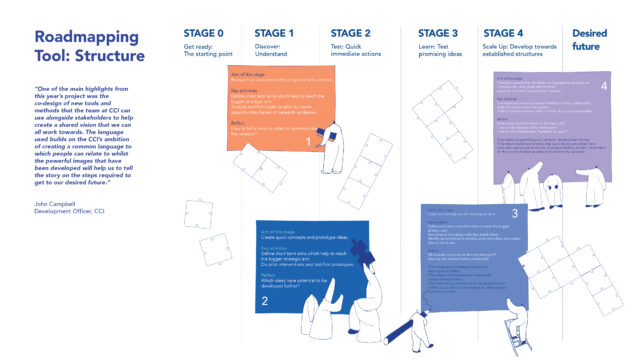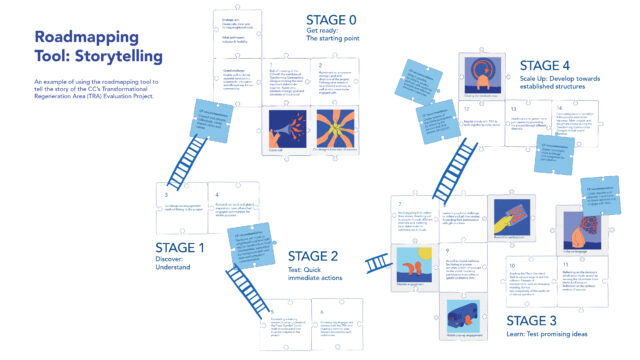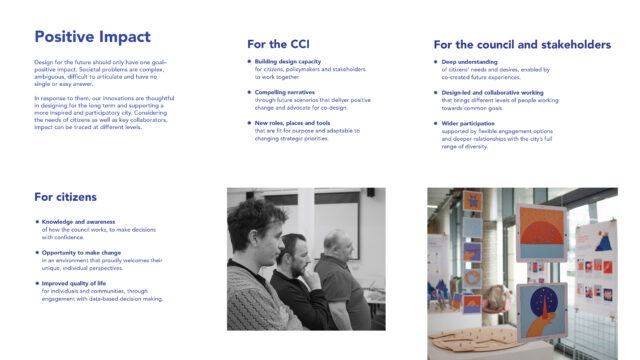Glasgow’s Civic Futures: Open Government & Data Experiences in 2032
Nomination
Category
Design for Good
Company
The Glasgow School of Art
The Glasgow School of Art
Centre for Civic Innovation
Glasgow City Council
Client
The Glasgow School of Art
Centre for Civic Innovation
Summary
Collaborative Futures Project: Collaborative Futures is a four-month design project in partnership with The Innovation School at The Glasgow School of Art (GSA) and the Centre for Civic Innovation (CCI) at Glasgow City Council. This year’s brief is titled– Glasgow’s Civic Futures: Open Citizenship & Data Experiences in 2032. It asks the question, “What if data-enabled experiences were embedded into our actual communities and neighbourhood environments of Glasgow in 2032?” Aims and Outcomes: The research carried out builds on the existing and ongoing design-led, citizen-centred approach already operating in the city. It looks to explore how the context of an open government strategy can create a joined up approach to scaling this across the city and informing democratic decision-making. It led to the project’s focus being around this core research question: “How might local government listen to, communicate with, include and inspire every citizen to participate? And what role might data play in this?” The project outcomes envision a future for Glasgow in 2032 that is more participatory and inclusive, that people would want to live and work in. Meaningful innovation is built on strong foundations. Hence, trust, inclusivity and transparency have underpinned the design of our future vision for Glasgow. They address the challenges of the current models of citizen participation and interaction with data. This future comprises three types of assets– emerging roles, places and tools, that bring ideas to life, and align to the council’s wider strategies over the next 10 years. A set of directions and recommendations co-written with the CCI suggest ways to achieve our envisioned future, and a roadmapping tool lays out the journey to get there in accordance with the strategies of the council. Journey to the Future: Every future vision needs a strategy of how to get there. We use a roadmapping tool to tell the story of how our project fits within strategies being developed across the city. Usually a roadmap lays a static path to the future, along a linear timeline. Since cities and plans are constantly changing, and at different paces, we structured our roadmap as a tool to build the journey to the future. It follows our design process and highlights how traditional ways of working can benefit from design-led innovation. So that risks are identified early, decisions are informed through learning, and plans can be scaled with confidence, creating cumulative impact at a systemic level.

